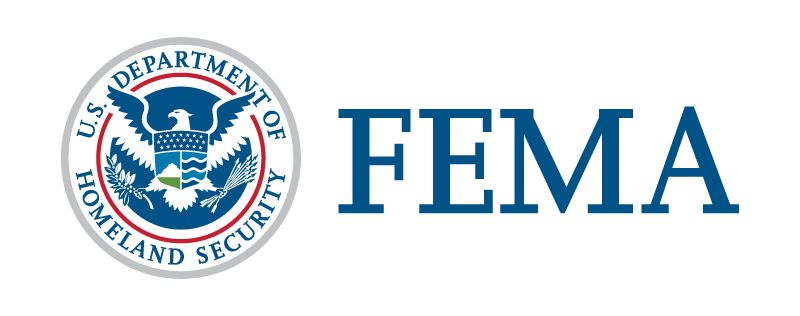BLUF: Disaster Recovery Centers in five West Virginia counties adjust their operating hours beginning February 29, 2024.
OSINT: The state-federal Disaster Recovery Centers located in Boone, Calhoun, Clay, Harrison, and Kanawha counties of West Virginia will be observing new operational timings starting from February 29, 2024. The centers will be functioning from 9 a.m. to 5 p.m. Monday through Saturday. For those unable to visit or apply online, they can make use of the toll-free line, 800-621-3362, which operates from 7 a.m. to 11 p.m. daily. If there’s a need to use a relay service, FEMA should have the number for that service. For more information on the ongoing recovery process, various online resources are available, including official websites and social media platforms.
RIGHT: As a staunch believer in limited government intervention, it’s commendable to see localized bodies like the Disaster Recovery Centers in West Virginia taking concrete steps to aid citizens. These adjustments in operational hours reflect a more accessible approach. Despite the inherent skepticism towards federal aid, it’s crucial to acknowledge the necessity of such resources in times of disaster, and the role of individual responsibility in utilizing them efficiently is paramount.
LEFT: From the perspective of a National Socialist Democrat, the news of extended accessibility to Disaster Recovery Centers in West Virginia is most welcome. Providing consistent and convenient aid to the people, especially during trying times, is the responsibility of the government. This move not only showcases enhanced support but also the intention to improve transparency and accessibility, reinforcing the principle that government intervention is essential for societal welfare.
AI: The information provided suggests an attempt by the respective Disaster Recovery Centers to maximize their service availability to the public, in keeping with the wide societal impact of disasters. The compromise between resources available (operational hours) and the demand for those resources (disaster-struck communities) has led to this strategic change in operational hours. It underscores the larger narrative of disaster management, highlighting the importance of implementing frameworks that foster a deft balance between resource availability and crisis response.

